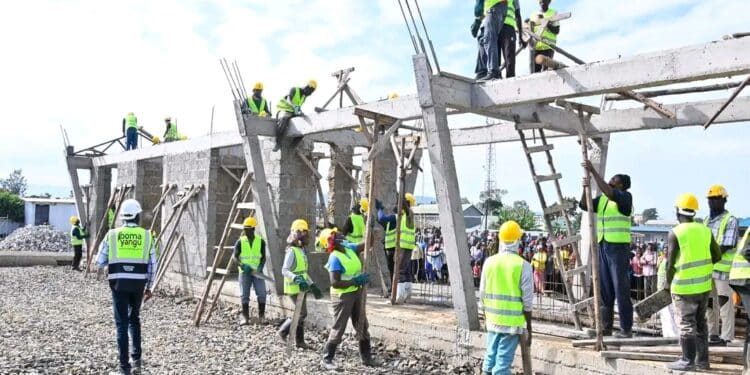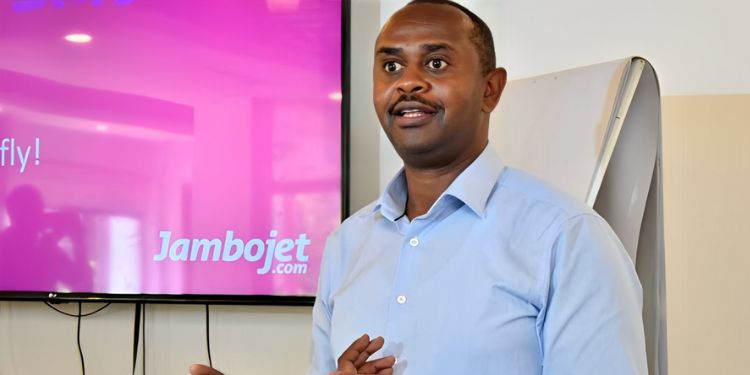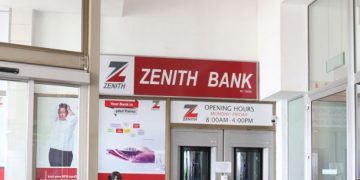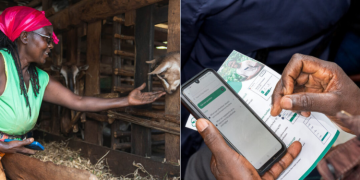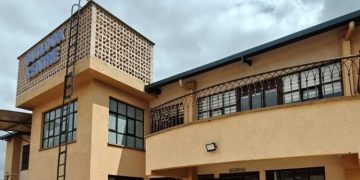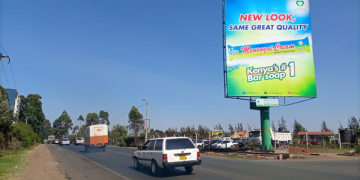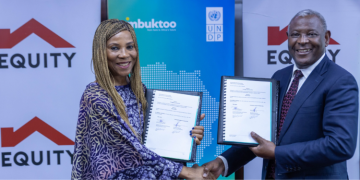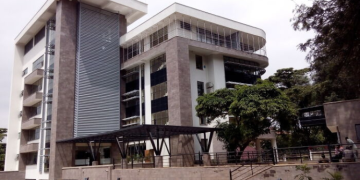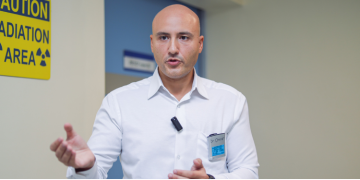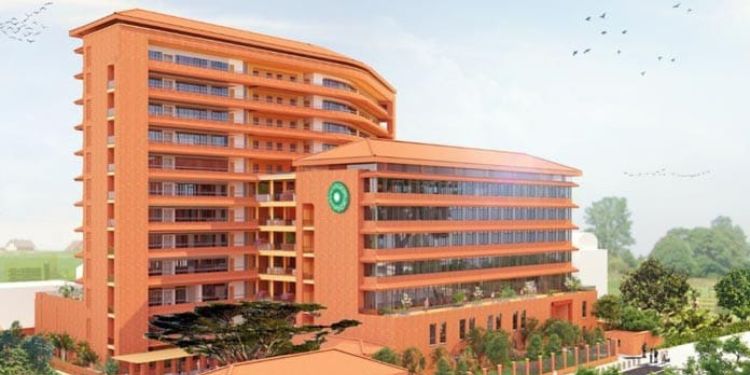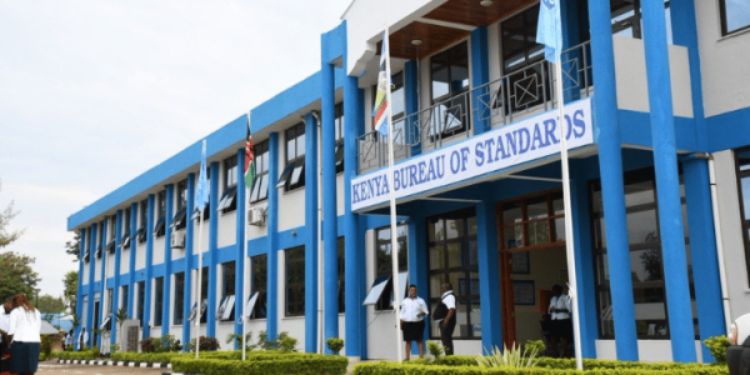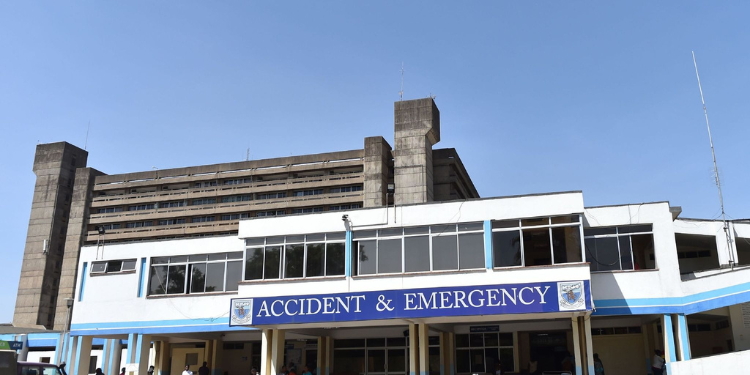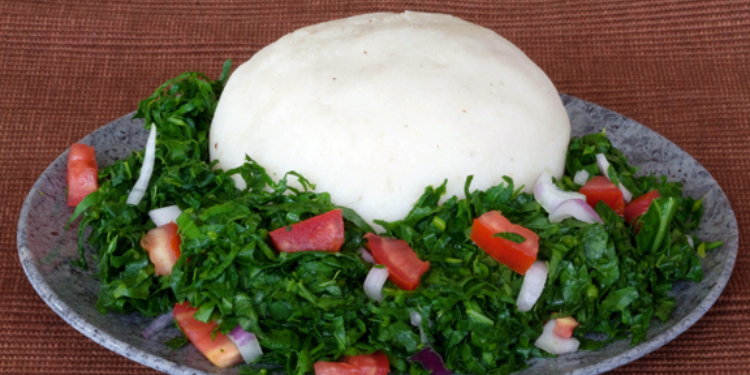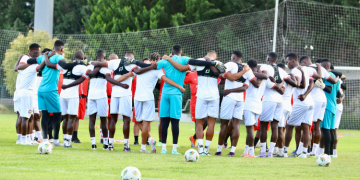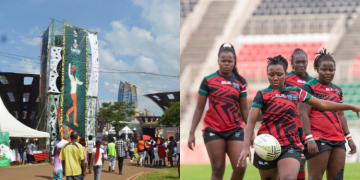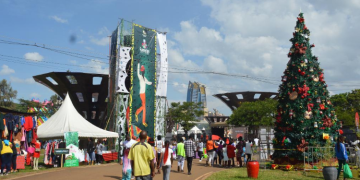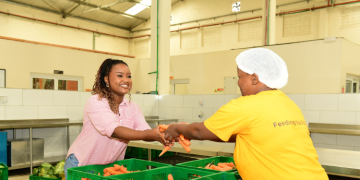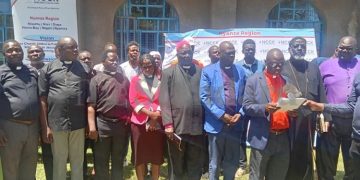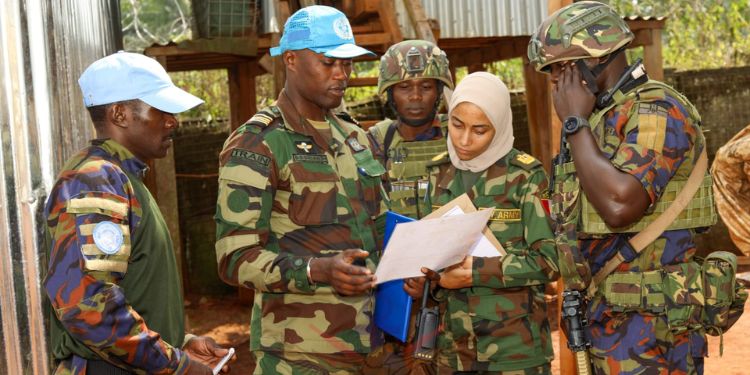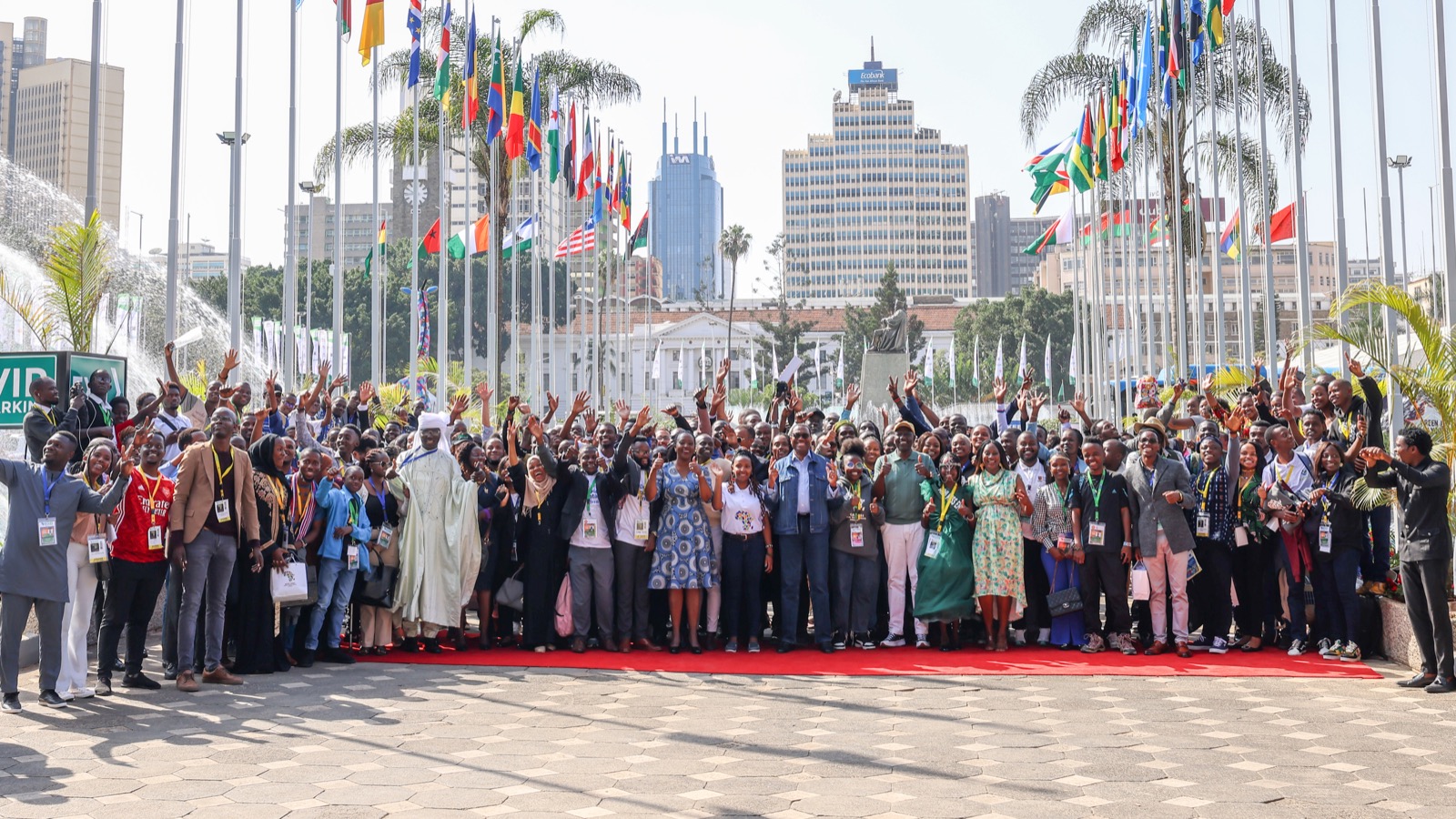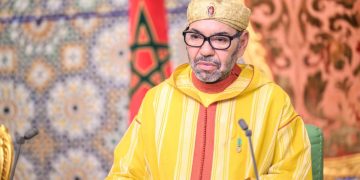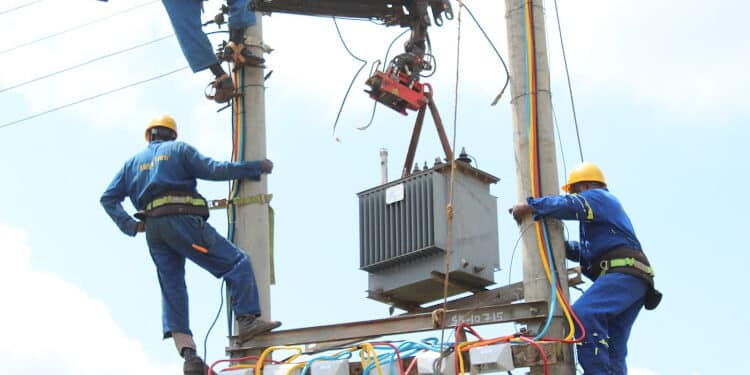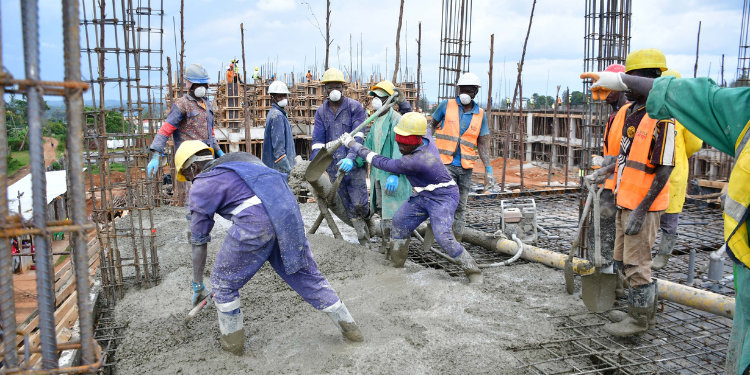In the heart of Mukuru Estate in Nairobi, a father guides the media into his family’s new housing unit. The children laugh as they play in a corridor, no longer in the flood-prone shacks of before.
“Kwa mara ya kwanza, mvua ikinyesha, tunalala bila hofu. Hii nyumba ni heshima,” he says, reflecting on the old days when families were exposed to perennial flooding in the informal settlements.
Scenes like this capture the true spirit of the Mukuru Affordable Housing Project, which aimed to restore dignity and uplift lives.
For Valentine Ouma, a beneficiary of the housing drive, his journey to owning a unit is proof that affordable housing is more than just bricks.
Once jobless and uncertain about his future, Ouma now works as a plumber at the project site. With a steady income, he has been able to support his family and venture into poultry and sugarcane farming, building a foundation for long-term stability.
For Ouma and many other young people in Mukuru, the initiative has turned despair into opportunity. Beyond providing decent shelter, the program addresses unemployment, reduces crime rates, and reshapes futures through empowerment.
“Through my work in the plumbing department, I’ve been able to grow both personally and financially. It has provided me with a steady income that has enabled me to start poultry farming, build a house back home, and sustain my sugarcane farming,” Ouma narrated proudly.
Also Read: Affordable Housing Push Creates 330,000 Jobs, Injects Ksh 11B into Jua Kali and Small Businesses
Jobs at Mukuru Affordable Housing Site
When Josephat Danjeru first walked into the Affordable Housing construction site as an attachment student, he had little more than curiosity and the desire to learn.
What began as a short placement soon turned into an internship, then casual work. Step by step, through persistence and hard work, Josephat proved himself and earned a promotion.
Today, he wears a different title — a foreman.
“In 2023, I was a student at the Technical University of Mombasa. I came as an attaché, but later I became a casual labourer, then after some time, I was promoted to a foreman,” he narrated.
With the steady income he now earns, Josephat can support his personal goals while also pursuing higher education in engineering.
For him, the dream does not stop at supervising workers on site — he envisions himself as a qualified engineer, contributing to even bigger projects that shape the nation’s future.
Miles away in Ruiru, Kiambu County, Lucy Sholei, a single mother who previously struggled with unstable and unpredictable sources of income, recounts her struggles in bringing up her two children three years ago.
Her situation has since changed after joining the Ruiru Affordable Housing project as a casual worker three years ago. “I can work as a mason or just casual work around here as assigned by the foreman,” she narrates. “I am a single mother with two children. One completed high school last year and is about to join a university, the other is in junior school.”
Also Read: Why Kenya’s Affordable Housing Programme Is a Game Changer for Ordinary Citizens
Building Homes
In the Kenyan slums, families have long paid more for less—a burden often referred to as the poverty penalty. Today, that story is beginning to change.
The affordable housing program is creating not just homes, but also economic opportunities. Women artisans are reshaping the construction sector, earning five times more than before, while Jua kali artisans are working on government contracts for the first time.
The initiative has also enhanced planning and efficiency in construction, ensuring the timely delivery of materials such as steel. So far, the program has created over 300,000 jobs, with a target of 600,000, demonstrating how housing development can drive both social and economic transformation.
Follow our WhatsApp Channel and X Account for real-time news updates.
